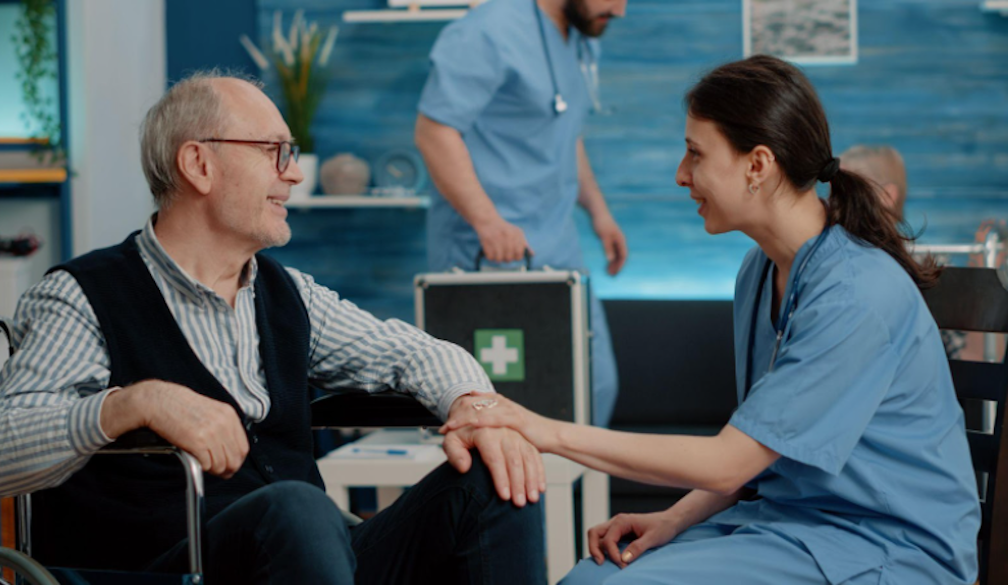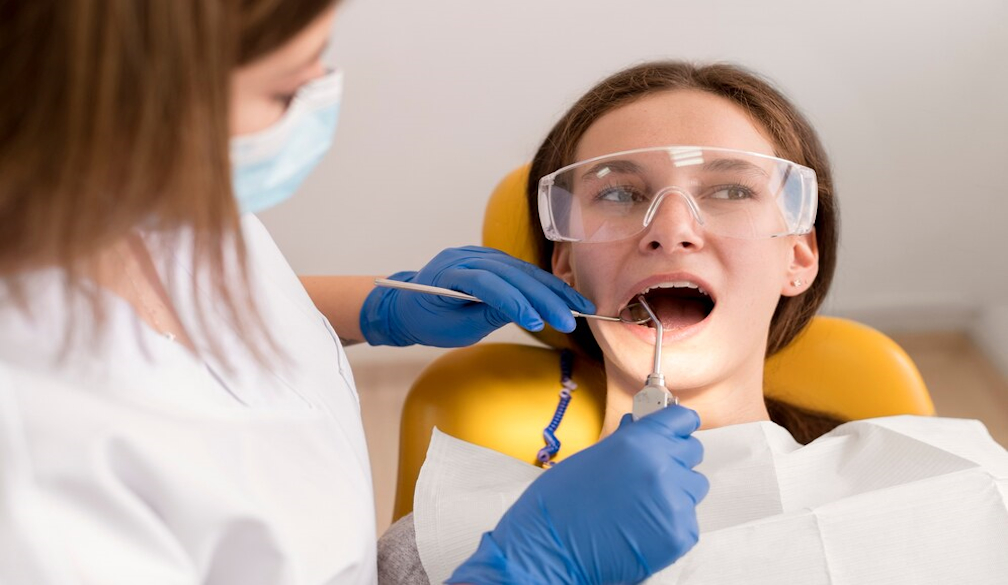What's in an industrial first aid kit?
- Written by NewsServices.com

Practically every workplace needs to have a fully stocked first aid kit that can accommodate the number of workers and the level of risk the environment poses to its workers and people who visit the workplace at any given time. Industrial first aid kits tend to require more specialised items due to the nature of the work involved. In this post, we will take a look at industrial first aid kits to give you an idea of what they are and what the essential items should be.
What is an industrial first aid kit?
Industrial first aid kits are purposefully made for demanding industries that have an elevated risk of injuries in the workplace.
What is a high-risk workplace?
A high-risk workplace is one where employees are subjected to risks that could cause significant illness or injuries that would necessitate first aid assistance. Here are some instances where a workplace would be deemed high risk:
-
Potentially hazardous machinery or equipment is used
-
Hazardous substances are handled or worked with
-
The role involves working at a height
-
The role involves working in a potentially hazardous environment
-
The workers have to work in extreme temperatures
-
The workers may be exposed to violence during their shift
What to look for in an industrial first aid kit?
There are a few things to look for in an industrial first aid kit, these are as follows:
-
TGA (Therapeutic Goods of Australia) registered hospital grade
-
It complies with Workplace Health and Safety (WHS) Regulations
-
Highly visible and either green or red with a distinctive white cross on the front
-
The kit should be waterproof or air-tight at the very least
-
It should contain the correct amount of supplies for the number of people at the workplace
-
An industrial-specific first aid kit
How do I know what type of first aid kit my workplace needs?
You will need to conduct a risk assessment to determine the potential hazards in the workplace that could cause injury or illness to workers. Areas that should be looked at include:
-
What is the severity of these potential injuries or illnesses and;
-
How likely are they to occur?
You will need to ensure that you have enough first aid kits for the number of workers, including first aiders within the workplaces, and you will need to check to see what additional facilities you need to implement if any. Some of these could include a first aid room, eye wash stations, showers etc. It will depend on the specific type of duties your industry performs when determining what is necessary and what is not. The location of your workplace and how close to help it is can also affect the kind of first aid measures your workplace will need.
Once your workplace is equipped with the correct first aid measures, you will need to ensure that the first aid supplies are constantly monitored and out-of-date items or used supplies are replenished in a timely manner.
If you are unsure of which type of first aid kit your workplace requires, head to the SafeWork website and search for 'Code of Practice: first aid in the workplace January 2020' for more information.
Essential industrial first aid kit items
Here are some basic items that should be in every industrial first aid kit:
Adhesive Bandages
Adhesive bandages are one of the most commonly utilised items in a workplace. They should be in every type of first aid kit.
Antiseptic lotion/cream or spray
Antiseptic applications can help to cleanse wounds and reduce the chances of infection occurring.
Disposable gloves
For the safety of both the casualty and the person administering first aid, disposable gloves are a must-have item. They prevent cross-contamination and reduce bacteria and other contaminants from invading the site of the injury.
Instruction booklet, notepad and pen
This can come in handy if you need to refer to the booklet for information. The notepad and pen enables you to write down notes when the incident occurs.
Saline solution
Saline solution has many purposes and can be used to flush debris from the eyes and to cleanse wounds.
Dressing pads
Your first aid kit should have plenty of these, and they should be in various sizes. They can assist with controlling blood loss and dressing wounds.
Hand sanitiser
This is handy to have when you need to cleanse your hands quickly and a wash basin isn't nearby, or you do not have time to go and wash your hands. It keeps your first aid administering cleaner and more sanitary.
Eye pads
Eye pads can be used to place over injured eyes and to prevent light sensitivity.
Medical grade tweezers
Tweezers are most commonly used to remove splinters, and other wanted objects from the skin that are otherwise too difficult to remove using fingers.
Bandages
Bandages for the workplace should include both elastic and no-stretch in different sizes and styles. These are often used for bites, sprains, and breaks.
Hypoallergic adhesive tape
This can be used to secure bandages and gauze to the site to prevent it from falling off.
CPR face shield
If someone stops breathing while at the workplace, a CPR mask can be used to protect the casualty's mouth and yours by preventing cross-contamination.
Rescue blanket
If someone happens to go into shock, a rescue blanket can help to stabilise the body's temperature.
Anti-septic wipes
These handy wipes can be used to sterilise the skin and hands.
Safety pins
Safety pins help to secure bandages into position.
SAM splint
SAM splints can be used to stabilise broken bones to prevent them from moving. This can help with injury recovery.
Instant cold and heat packs
Instant cold and heat packs are a must-have item for every first aid kit as they can be used to treat a plethora of ailments and injuries.
Does your workplace need an industrial first aid kit?
We hope this post has given you an idea of what an industrial first aid kit is and whether your workplace may need one or not. If you need any more information about industrial first aid kits or first aid kits in general, reach out to the friendly team at The First Aid Shop. We have first aid kits for every setting.







